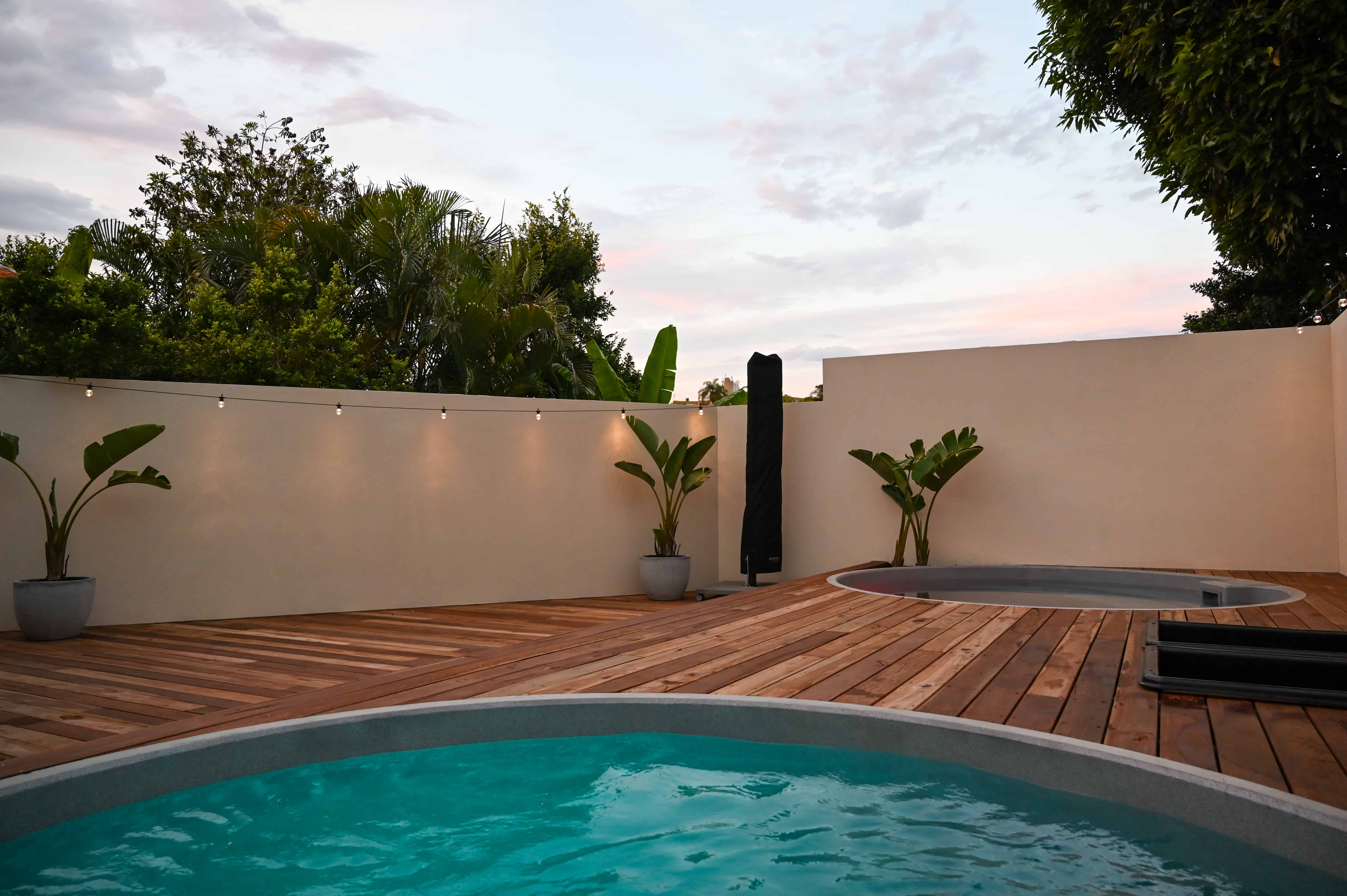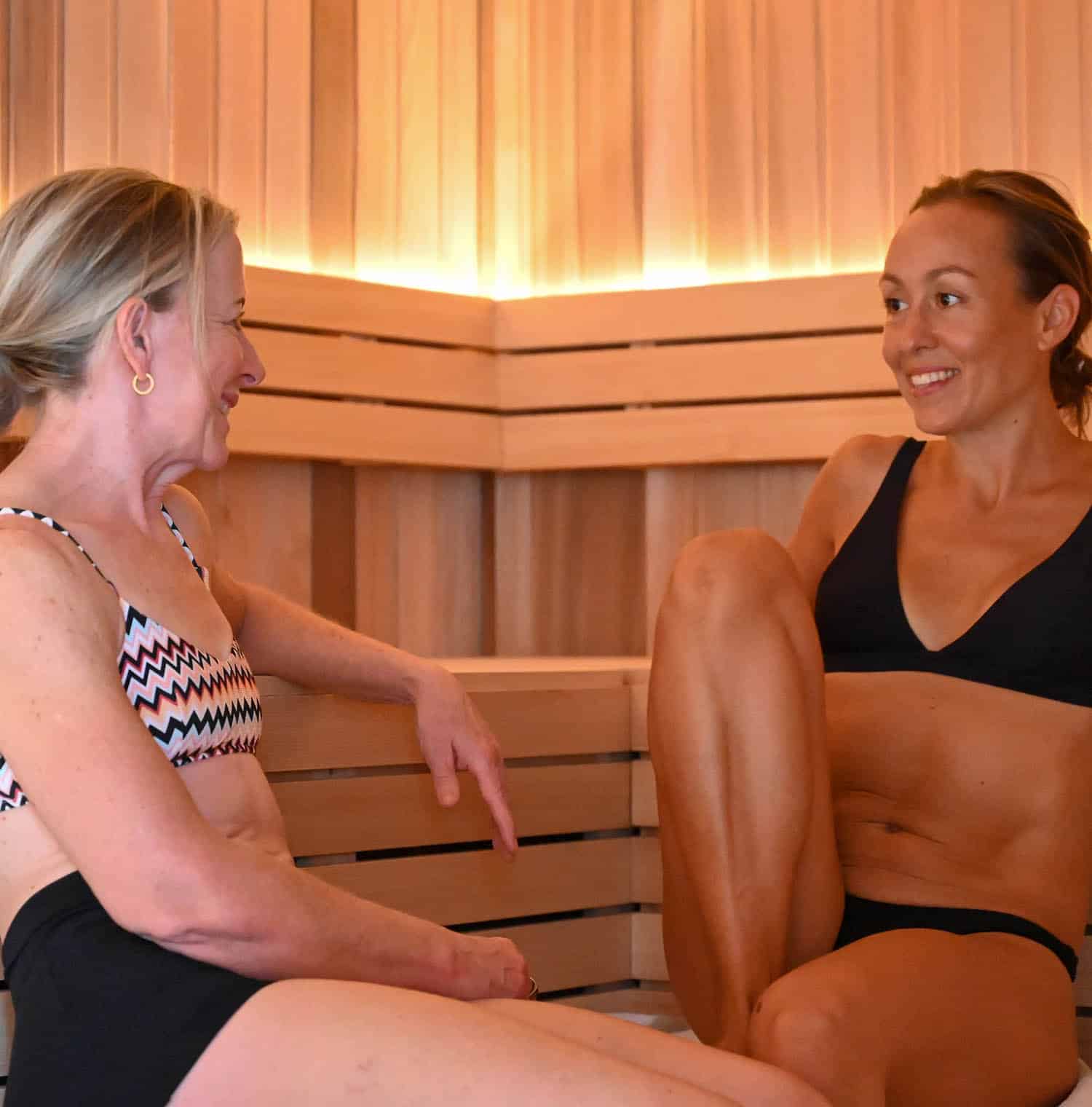In this article, we look at what contrast therapy is, how to do it, its benefits, and more.
The pursuit of holistic wellness involves exploring various healing modalities, each offering its unique potential benefits. Among these diverse techniques, contrast therapy, also known as temperature therapy, has been gaining significant attention due to its dynamic approach to promoting recovery and enhancing overall health. A typical contrast therapy session alternates between cold therapy and heat to stimulate circulation, improve resilience, and reduce inflammation.
It not only bolsters physical recovery but also caters to a broad spectrum of wellness aspects, including improved circulation, cold exposure adaptation, stress reduction, and enhancement of one’s mood.
In our fast-paced modern lives, where stress, anxiety, and fatigue are common, contrast therapy offers an effective, safe, and natural pathway to enhanced wellbeing. Let’s look at it a little more closely.
What is Contrast Therapy?
When your body is exposed to heat, your blood vessels or capillaries expand, a process known as vasodilation. Vasodilation enhances blood flow, which can deliver essential nutrients and oxygen to the muscle tissues more efficiently. This process aids in the removal of waste products, which in turn helps alleviate discomfort from muscle soreness and supports muscle relaxation and faster recovery.
Conversely, when your body encounters cold temperatures, such as during a cold bath or cold immersion, your blood vessels constrict, a process known as vasoconstriction. Vasoconstriction reduces inflammation and swelling by decreasing the flow of blood to the affected area, which in turn minimises pain and discomfort.
By alternating between hot and cold, contrast therapy stimulates your vascular system, creating a pump-like effect. This alternation enhances blood circulation, aiding the removal of waste products and delivering vital nutrients and oxygen to the tissues. This is how contrast therapy works to accelerate the healing process and promote recovery.
So, How Exactly Does it Work?
When your body is exposed to heat, your blood vessels or capillaries expand, a process known as vasodilation. Vasodilation enhances blood flow, which can deliver essential nutrients and oxygen to the muscle tissues more efficiently. This process aids in the removal of waste products, which in turn helps alleviate discomfort from muscle soreness and speed up recovery.
Conversely, when your body encounters cold temperatures, your blood vessels constrict, a process known as vasoconstriction. Vasoconstriction reduces inflammation and swelling by decreasing the flow of blood to the affected area, which in turn minimises pain and discomfort.
By alternating between hot and cold, contrast therapy stimulates your vascular system, creating a pump-like effect. This alternation enhances blood circulation, aiding the removal of waste products and delivering vital nutrients and oxygen to the tissues, ultimately accelerating the healing process and promoting recovery.
How to Do Contrast Water Therapy
Contrast water therapy involves immersing the body, or parts of the body, in hot and cold water baths consecutively. The technique hinges on the principles of heat and cold-induced vasodilation and vasoconstriction, respectively. The stark contrast between hot and cold temperatures enhances the therapeutic effect, making it a powerful tool for recovery and rehabilitation. Whether it’s a full contrast therapy session or a quick cold shower following a sauna session, the benefits are notable.
The general method of contrast water therapy is as follows:
- Begin by immersing in warm water, typically between 37–40°C, for about 4–8 minutes. This heat phase induces vasodilation, expanding blood vessels and increasing blood flow to the affected area.
- After the heat phase, you switch to cold water immersion, where the water temperature is usually between 5–14°C, for about 2–4 minutes. Generally, a 2:1 ratio from hot to cold is advised. This cold phase induces vasoconstriction, decreasing blood flow, reducing inflammation, and soothing soreness from cold exposure.
- This hot-cold cycle is repeated multiple times (typically 3–5 cycles), always starting with hot immersion and ending with cold. The total session should last between 20 to 60 minutes.
Remember, the key to effective contrast water therapy is maintaining the correct water temperatures and adhering to the time cycles. This practice promotes a rhythm of dilation and constriction in your blood vessels, improving circulation and supporting pain relief and enhanced recovery.
Benefits of Contrast Bath Therapy
Contrast bath therapy brings together the potent effects of both hot and cold therapy techniques and offers an impressive range of potential health benefits, including:
- Enhanced Muscle Recovery: A prominent benefit of contrast bath therapy is its positive impact on muscle recovery post-exercise. Contrast water therapy significantly reduces muscle soreness after intense exercise, aiding in quicker recovery and readiness for subsequent training sessions.
- Improved Circulation: The hot water induces vasodilation, increasing blood flow to the body tissues, and cold water causes vasoconstriction, reducing the blood flow. This alternation generates a ‘pumping’ effect, improving the supply of oxygen and nutrients to the muscles and promoting waste removal.
- Reduced Inflammation and Swelling: By promoting vasoconstriction, the cold water phase of contrast bath therapy can help reduce inflammation and swelling, which is particularly beneficial following an injury or intense physical activity, such as after cold immersion.
- Better Mobility: Contrast therapy can enhance joint mobility, making it a beneficial practice for those with conditions that affect joint function, such as arthritis. The hot phase aids in relaxing muscles and increasing flexibility, while the cold phase can help reduce joint swelling and pain.
- Metabolic and Immune Responses: The cold phase of contrast therapy triggers a surge in metabolic rate as the body works to maintain its core temperature. This process, known as thermogenesis, can contribute to overall fitness and weight management. Additionally, the exposure to cold has been linked to enhanced immune response and even complementary effects when combined with treatments like hyperbaric oxygen therapy.
- Psychological Benefits: Beyond the physical, contrast bath therapy may also offer psychological benefits. The invigorating experience of alternating between hot and cold water can improve mood, support mental clarity, reduce perceived fatigue, and even mitigate the symptoms of depression. Many people also report improved sleep after regular sessions.
These are just some benefits of contrast bath therapy. It’s important to remember, however, that individual experiences can vary, and consulting a healthcare professional before starting contrast bath therapy is always a wise choice.
Is Contrast Therapy Safe?
In general, contrast therapy is safe for healthy individuals who want to incorporate it into their wellness routine or recovery protocol. This form of temperature therapy has been widely used by athletes and wellness practitioners, and when practiced correctly, it can be a valuable part of a holistic self-care plan. However, contrast therapy may not be safe for those with cardiovascular, blood flow, and nerve sensitivity conditions, as well as pregnant women.
As always, it’s crucial to consult with a healthcare professional before starting a new wellness practice like a contrast therapy session, particularly if you have any underlying health conditions or concerns. It’s also important to listen to your body and adjust the temperatures and duration of your contrast therapy sessions to a level that feels comfortable for you. Safety should always be the top priority in any wellness practice.
Contrast Water Therapy At Vikasati
Contrast water therapy offers a unique method to boost your circulation, relieve muscle soreness, promote better sleep, and even support your mental clarity and emotional balance. In the quest for comprehensive well-being, contrast therapy can indeed be a game-changer.
Whether you’re seeking the benefits of a soothing cold bath or the rejuvenating effects of a hot-cold cycle, the experience speaks for itself. So why not immerse yourself in the practice of contrast water therapy at the Sanctuary in our magnesium pools? Book a Sanctuary Session with us today.








